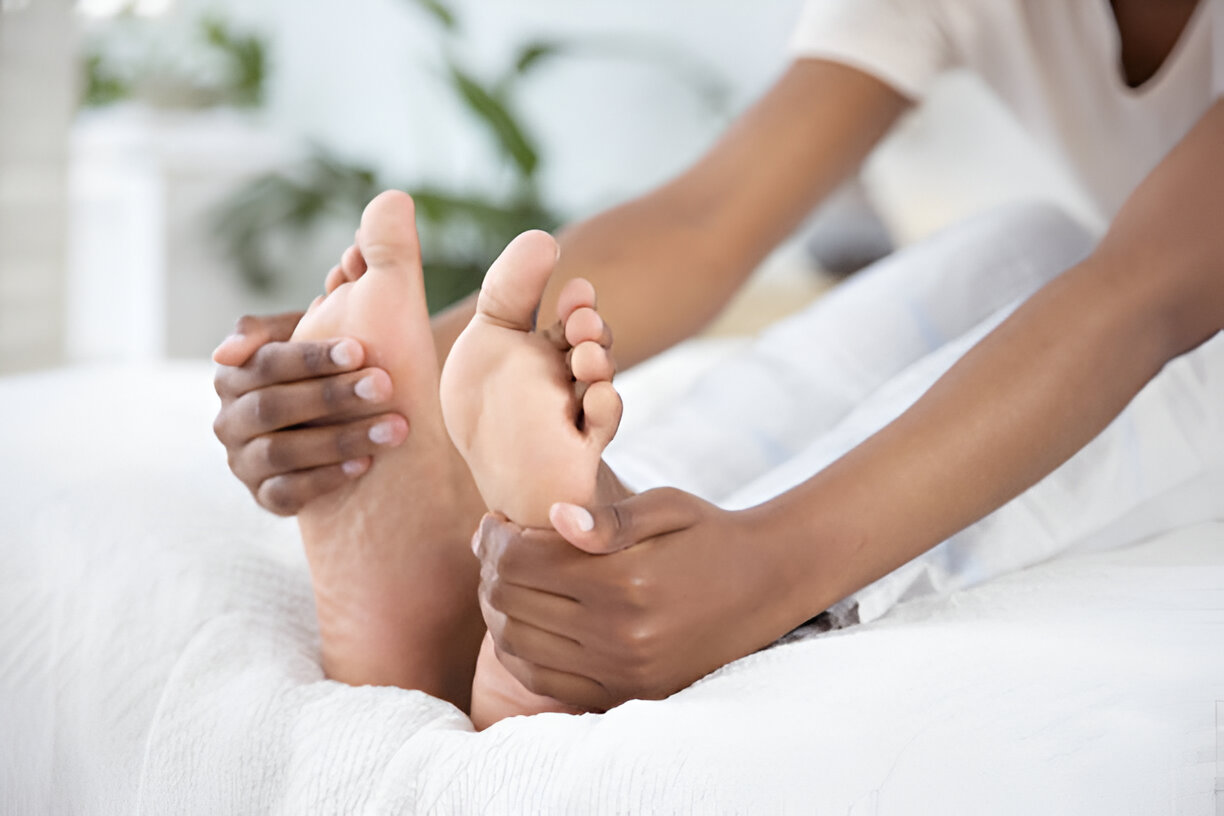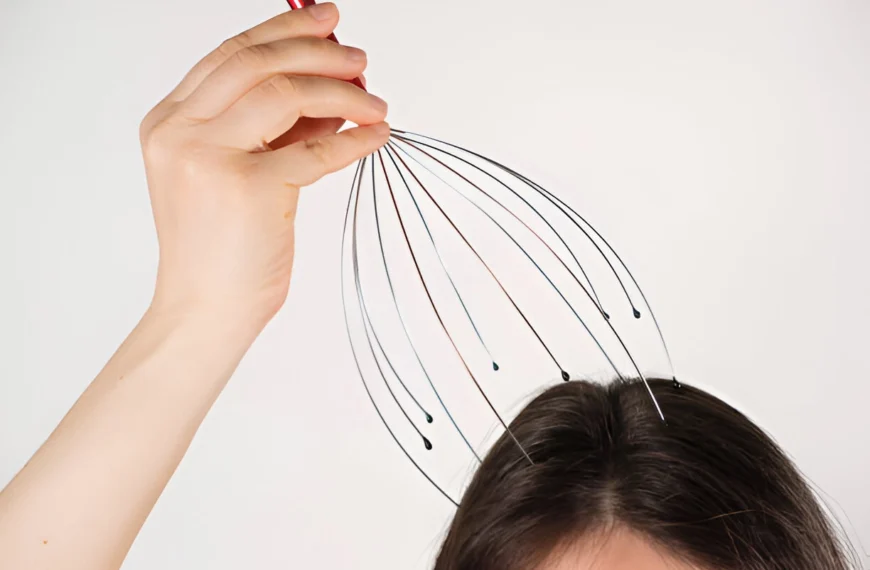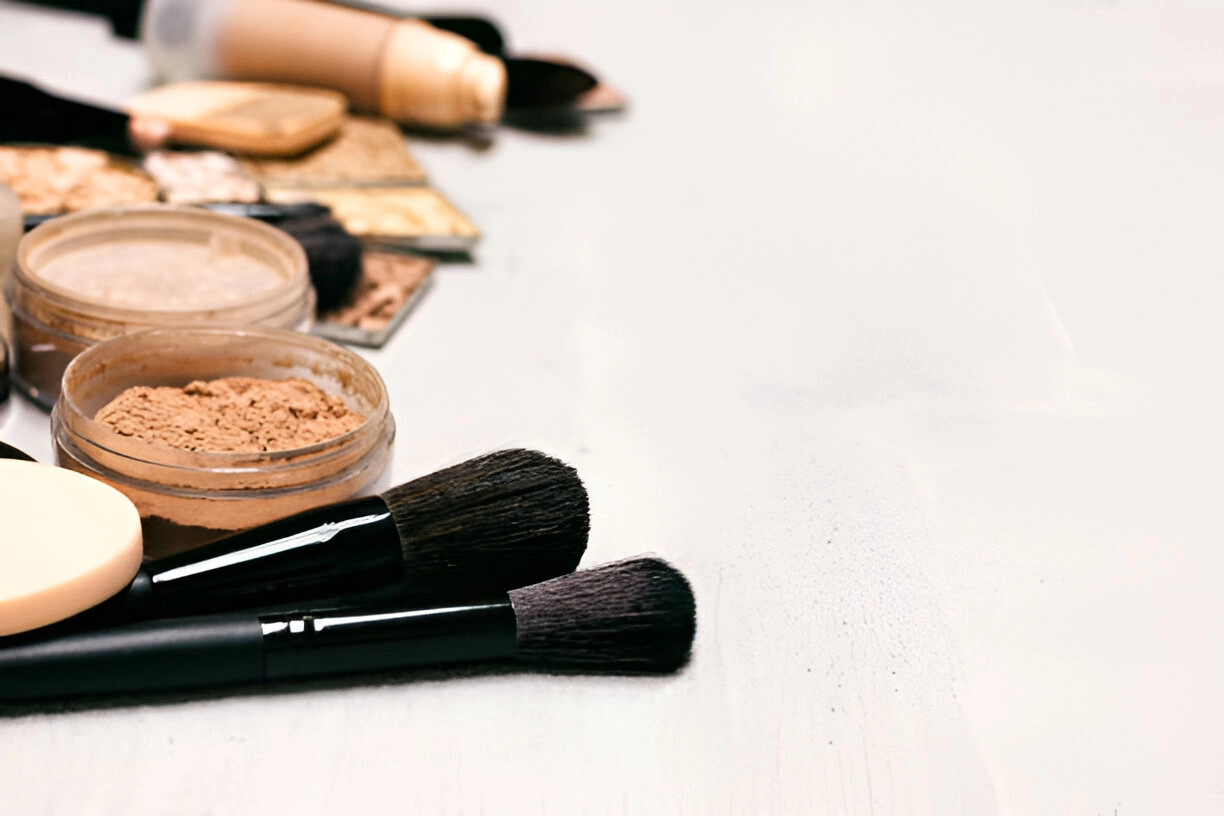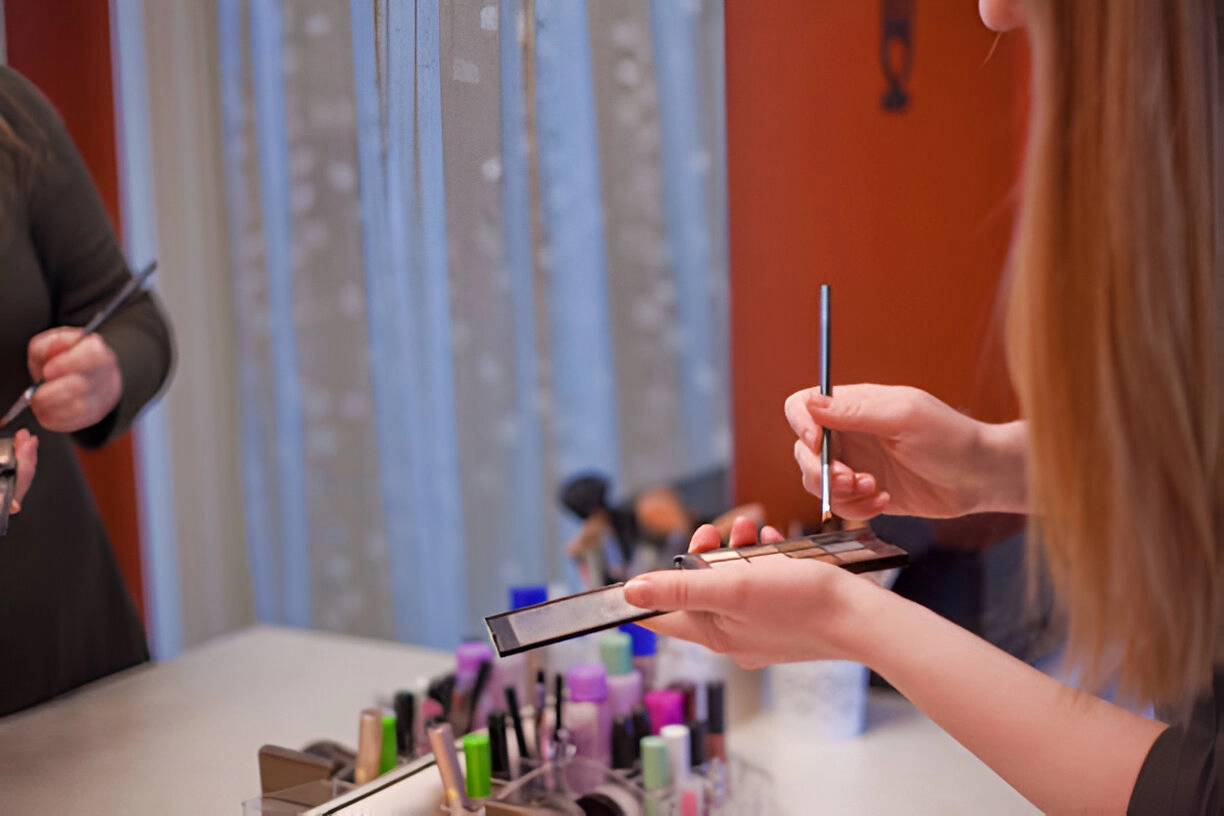Starting your own massage therapy practice can feel like a juggling act. From licenses to linens, it’s easy to wonder, “Where do I even start?” This guide walks you through every step. Grab your tea (or coffee), and let’s dive in!
Why Start a Massage Therapy Practice?
Massage therapy is more than kneading muscles. It’s about connecting with people, easing their stress, and creating a space they want to return to. Starting your practice gives you the freedom to shape every detail—from the vibe of your room to how you greet clients.
Step 1: Getting Qualified
Education
You can’t skip the fundamentals. Enroll in an accredited massage therapy program. Look for courses covering anatomy, physiology, and hands-on techniques. Programs often take six months to two years. Short timeline, big payoff.
Licenses and Certifications
Each state has its own rules. Some require the Massage and Bodywork Licensing Exam (MBLEx). Others ask for additional hours of study or supervised practice. Research your state’s requirements before jumping in.
Keep Learning
Once you’re licensed, the learning doesn’t stop. Clients will ask for techniques you didn’t learn in school. Prenatal massage? Reflexology? Keep your toolbox stocked with continuing education courses.
Step 2: Create a Business Plan
Think of this as your blueprint. It’s not just for banks—it’s for you. Break it down:
| Component | What to Include |
|---|---|
| Business Model | Decide if you’ll work solo, hire staff, or rent space in a wellness center. |
| Client Demographics | Who are you targeting? Athletes, moms, stressed-out corporate workers? |
| Startup Costs | Include rent, equipment, licenses, and marketing. |
| Pricing | Research local competitors and find your sweet spot. |
Step 3: Get Legal and Organized
Choose a Business Structure
Do you want a sole proprietorship? An LLC? Each has pros and cons. A sole proprietorship is simpler but doesn’t shield personal assets. For more protection, consider forming an LLC.
Insurance
Accidents happen. A client could slip, or their skin could react to an oil. Protect yourself with liability insurance.
Register Your Business
Check if you need a federal Employer Identification Number (EIN). Then, register your practice with your state.
Tax Prep
Keep track of every penny. Use software or hire a bookkeeper. Tax season will be less of a headache when your records are spotless.

Step 4: Setting Up Shop
Location, Location, Location
Your space should be easy to find and have parking. A cozy room in a bustling wellness center? Perfect. A basement with no windows? Less ideal.
Design Your Space
Think calm, not clinical. Choose soft lighting, neutral colors, and soothing scents. Clients want to step into your room and instantly relax. Pro tip: Invest in high-quality sheets. Scratchy linens? Dealbreaker.
Equipment Checklist
Here’s what you need:
- Massage table (adjustable and sturdy)
- Oils, lotions, and aromatherapy products
- Towels and blankets
- Music player or sound machine
Tech Tools
Scheduling apps save you from back-and-forth texts. Look for software with reminders to reduce no-shows.
Step 5: Marketing Magic
Build a Brand
What makes you stand out? Maybe it’s your expertise in sports massage or your knack for making clients laugh. Whatever it is, highlight it in your branding.
Create a Website
Your website is your digital front door. Include:
- An “About Me” page (clients love to know your story)
- Online booking
- A blog with tips on wellness and self-care
Social Media
Post regularly on Instagram and Facebook. Share behind-the-scenes clips, client testimonials (with permission), and helpful tips like “3 Stretches to Relieve Neck Tension.”
Referrals
Don’t underestimate word-of-mouth. Offer discounts to clients who refer friends. Partner with local yoga studios or chiropractors to share clients.
Step 6: Managing Your Clients
Scheduling
Use online booking tools. It cuts down on missed calls and double-bookings. Plus, clients love the convenience.
Keep Records
Write down client preferences, allergies, and session notes. When a client comes back, they’ll feel valued when you remember their favorite oil or that tricky shoulder.
Feedback Loop
After sessions, ask for feedback. Not every client will volunteer it, but those who do can help you improve. “Was the pressure okay? Would you like anything done differently next time?”
Step 7: Master the Money
Pricing Strategy
Don’t undersell yourself. Look at competitor rates and consider your expertise. It’s okay to start lower, but plan to raise rates as your practice grows.
Track Expenses
Log every expense. That $20 candle you bought for the room? Deductible. A notebook app can make this process painless.
Save for Taxes
Set aside 25-30% of your earnings for taxes. Trust me, you don’t want a nasty surprise come April.
Step 8: Take Care of Yourself
Running a practice can drain you—physically and mentally. Schedule downtime. Stretch your hands and wrists. Remember, you can’t pour from an empty cup.
The Journey Ahead
Starting a massage therapy practice is an adventure. There will be hiccups, but you’ll learn and grow. The reward? Helping people feel better while building something you’re proud of. Now, go make it happen!

Marsha Cummings is the founder of Tranquil Glam, a platform dedicated to beauty, wellness, and self-care. With a passion for skincare and massage therapy, Marsha shares expert tips, product reviews, and insights to help readers feel confident and balanced.
Through Tranquil Glam, Marsha inspires others to embrace their natural beauty and discover the power of self-care in everyday life.









